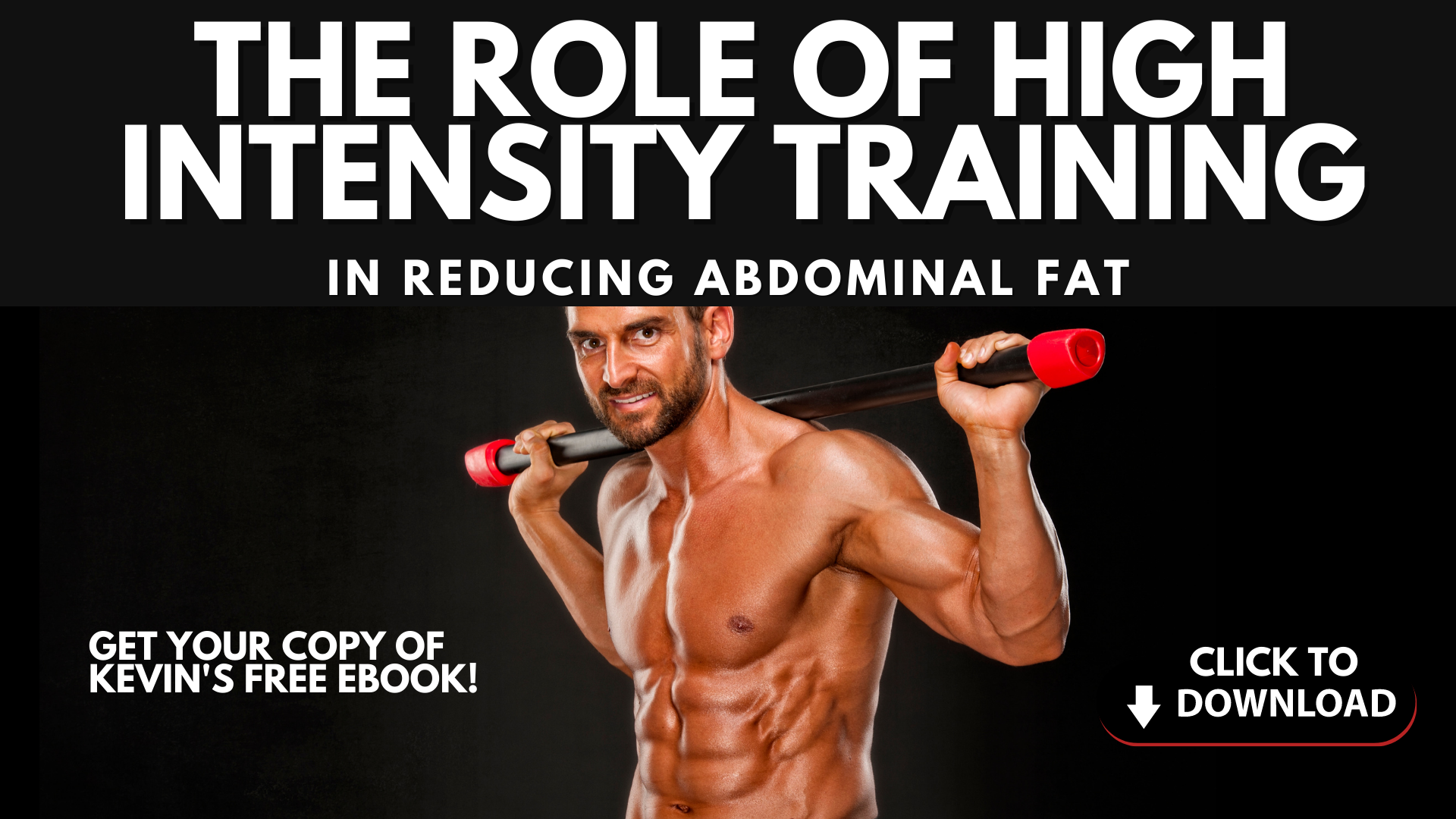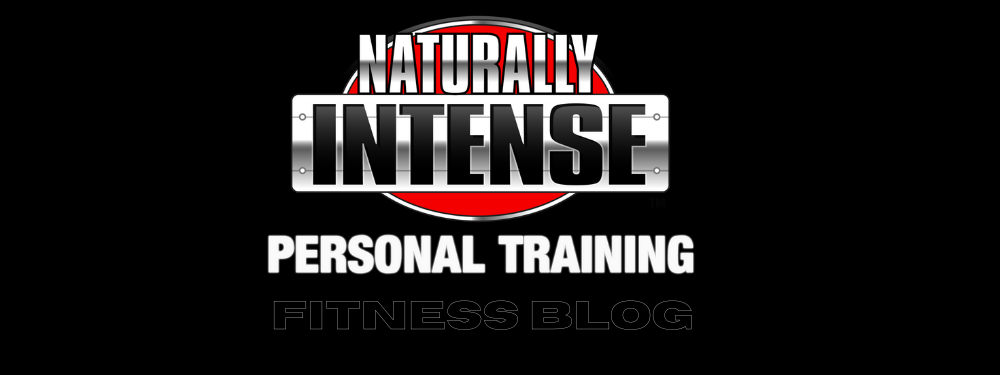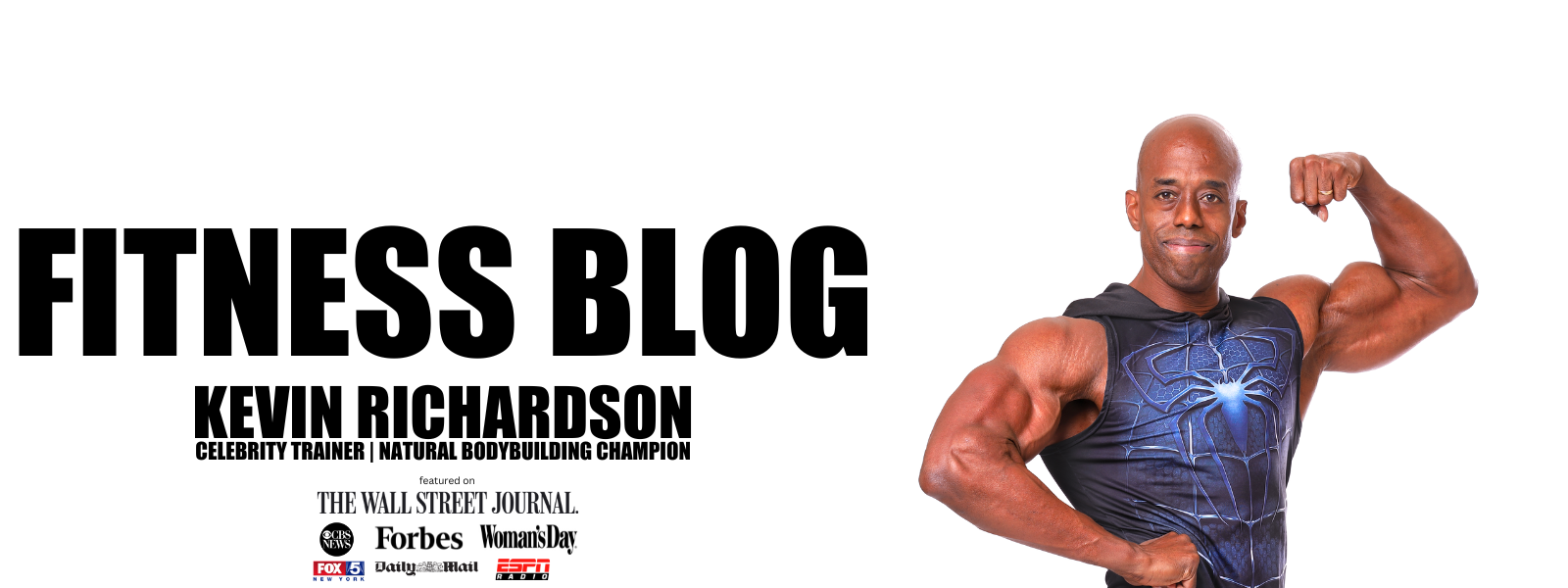How Many Reps And Sets To Build Muscle? High Intensity Training For Natural Athletes
Watch How Many Reps and Sets To Build Muscle? High Intensity Training for Natural Athletes HERE!
So, in this video I’m talking about how many reps and sets to build muscle for natural athletes using high intensity training.
Now, there has been a lot of curiosity about my high intensity training because I train three times a week with workouts lasting anywhere from 10 to 20 minutes, and that’s it. It’s all I’ve done for the past three decades plus, and it enabled me to go from 125 pounds where I started off to being able to compete at a high level as a natural bodybuilder, and more importantly, I retired in 2004 and at 48 years old have been able to maintain a pretty decent physique given the fact that I haven’t competed in 18 years. All from training just three times a week with no cardio whatsoever.
But the question then comes, how is he able to do that in such a short period of time?
Well, in this video I’m going to talk a little bit about my training, and it’s a lot less than what most of you are probably used to. But think about this, if you could do less but make better or equal results, isn’t that something worth looking into?
Stay tuned and I’ll talk a little more about this.
So, in this video I’m talking about my high intensity training, namely how many reps and sets are optimal to really increase muscle mass and increase strength naturally?
So, before I go any further, I’d like to thank everyone for the tremendous support for this channel, especially those who say this should be a one stop place for anyone considering training naturally without drugs or supplements.
I really appreciate all the support, and be sure to like, subscribe and hit that bell so you’re first in line to get the new content as it comes in.
So, onto the topic at hand. What so many people have been waiting for. How many reps, how many sets, how many exercises does Kevin do to build muscle? So, I’m going to break this down into basically two phases, which is what I do and then how I train my clients.
Benefits of High Intensity Training & Low Volume
My lifetime has been based on dedicating myself to understanding everything there is about high intensity training. I can tell you that this form of training works for everyone who does it.
And I think that there’s a lot of ways to get up that mountain, but I think that this particular way is one that’s more relevant for most people. It’s fantastically convenient as everyone can find 40 minutes, 30 minutes a week to work out. And you’re able to do everything from lose body fat, increase muscle mass and increase muscle strength naturally and without using any drugs whatsoever.
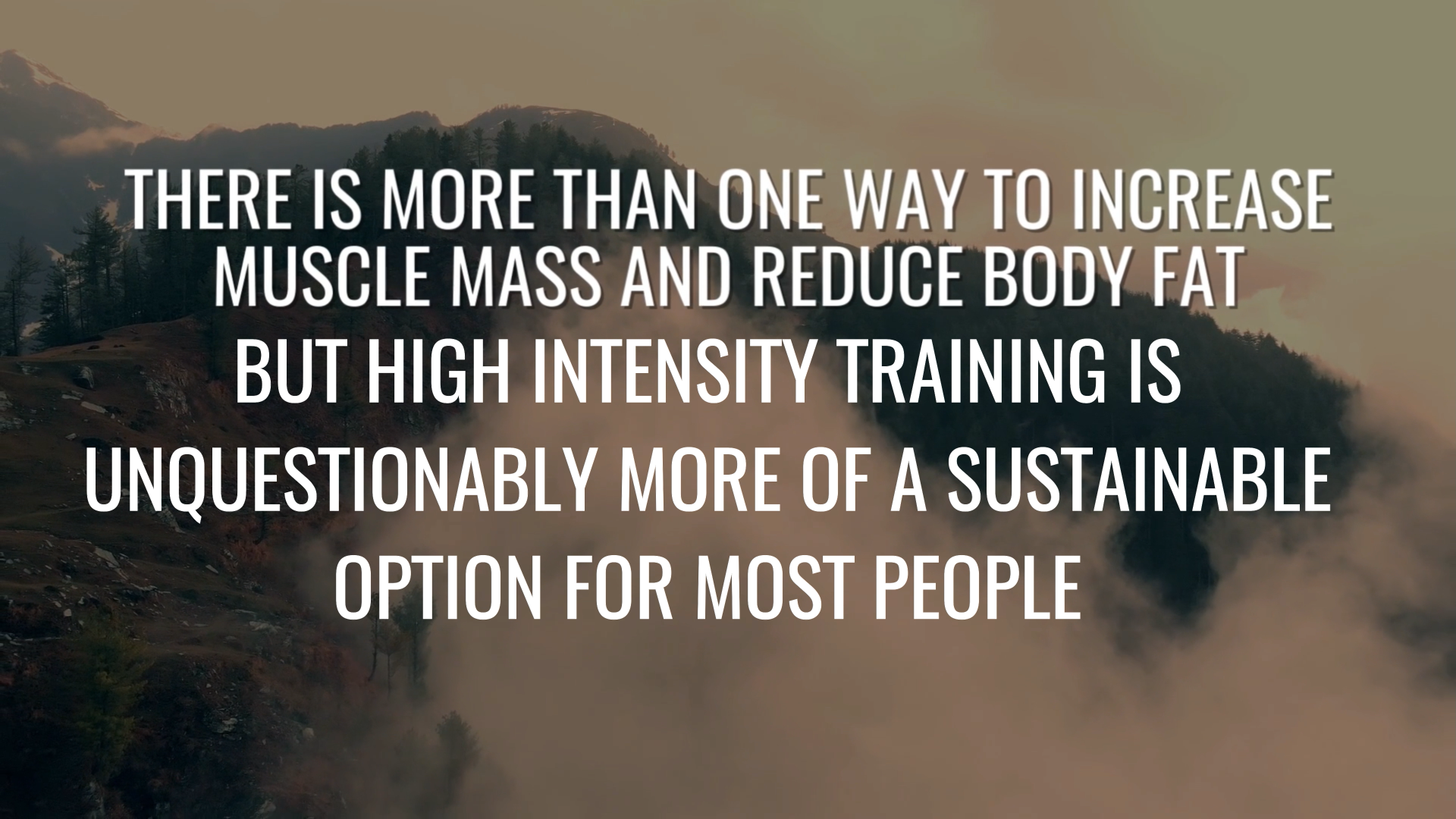
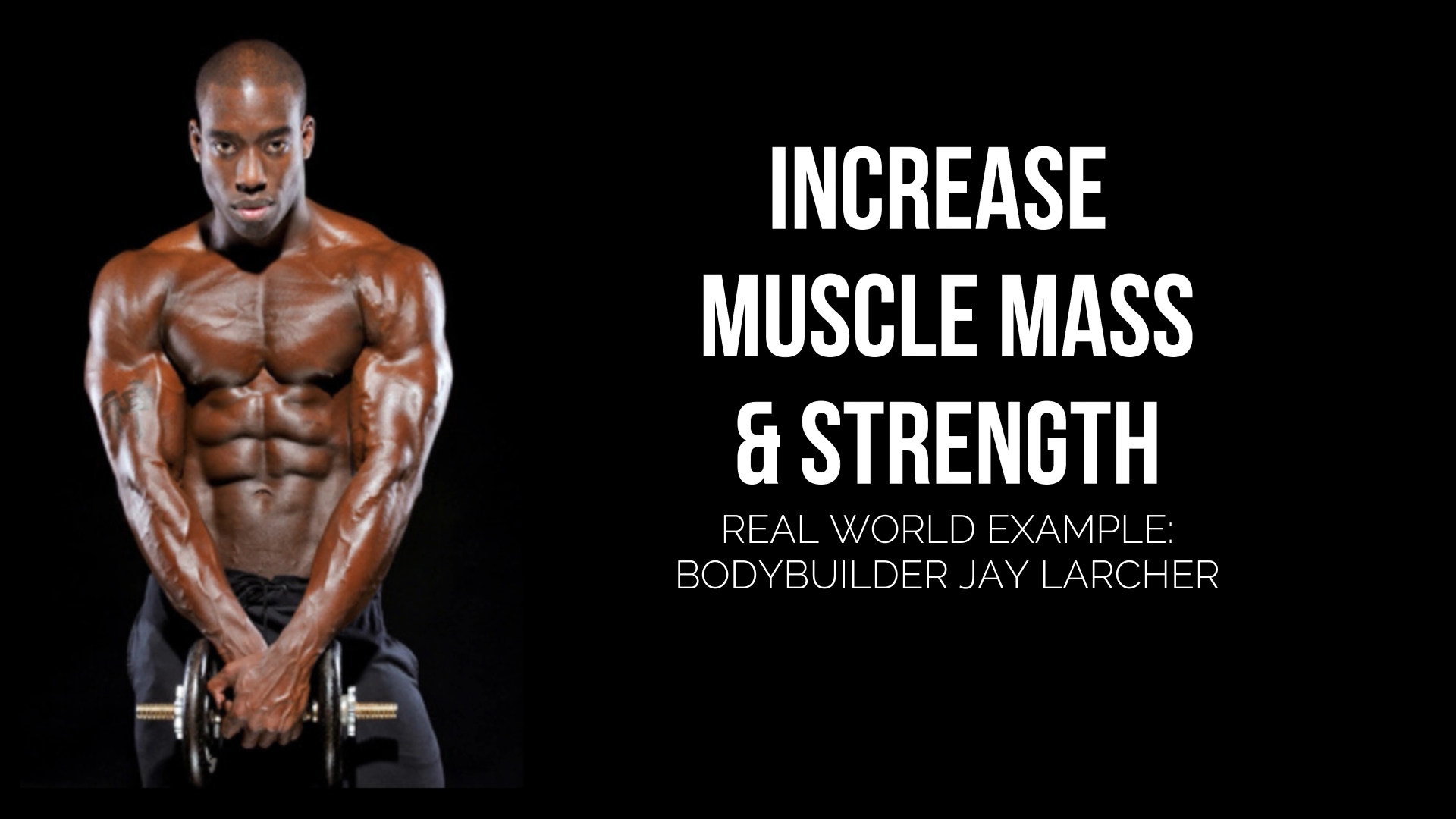
The wear and tear on your joints from low volume training is a lot less than high volume training. Most of the injuries that we see in the fitness world are not someone doing incorrect form and pulling a muscle, that almost never happens.
What happens is overuse from doing the same thing over and over.

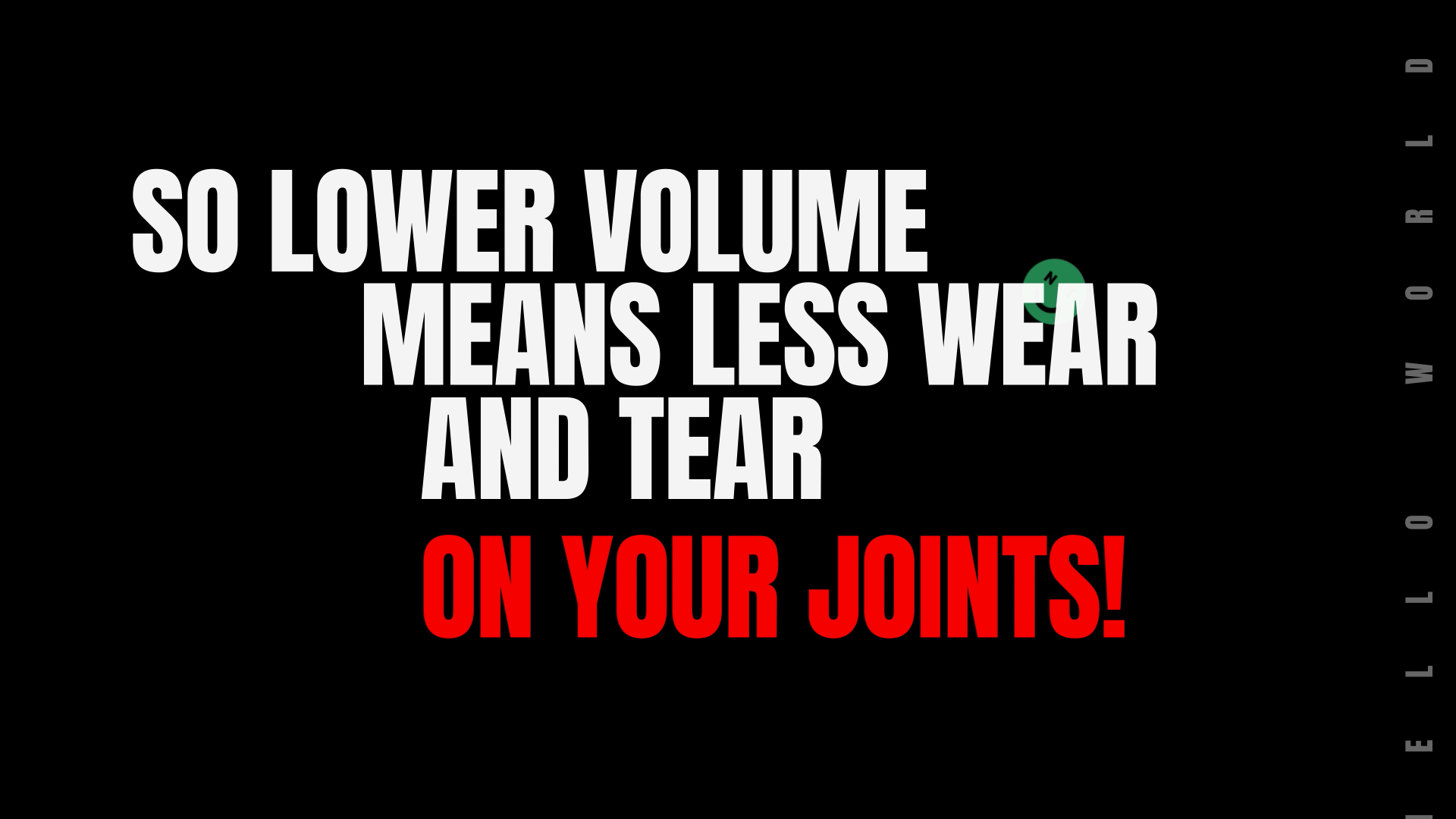
So, that being said, let’s get into the nitty gritty of Kevin’s training.
How Many Sets And Reps for Leg Muscles When Training Naturally
Day one is usually legs.
Now legs is the most important body part and the one that tends to be the one people tend to shy away from the most when it comes to high intensity training because it’s the hardest, it is really hard.
Now for me, I almost always start with a hamstring exercise. Since it’s the muscles that tend to suffer the most in terms of injuries, it’s the one we need to focus on the most, especially when I’m working with athletes. And it’s going to be one exercise. And it’s only going to be three sets.
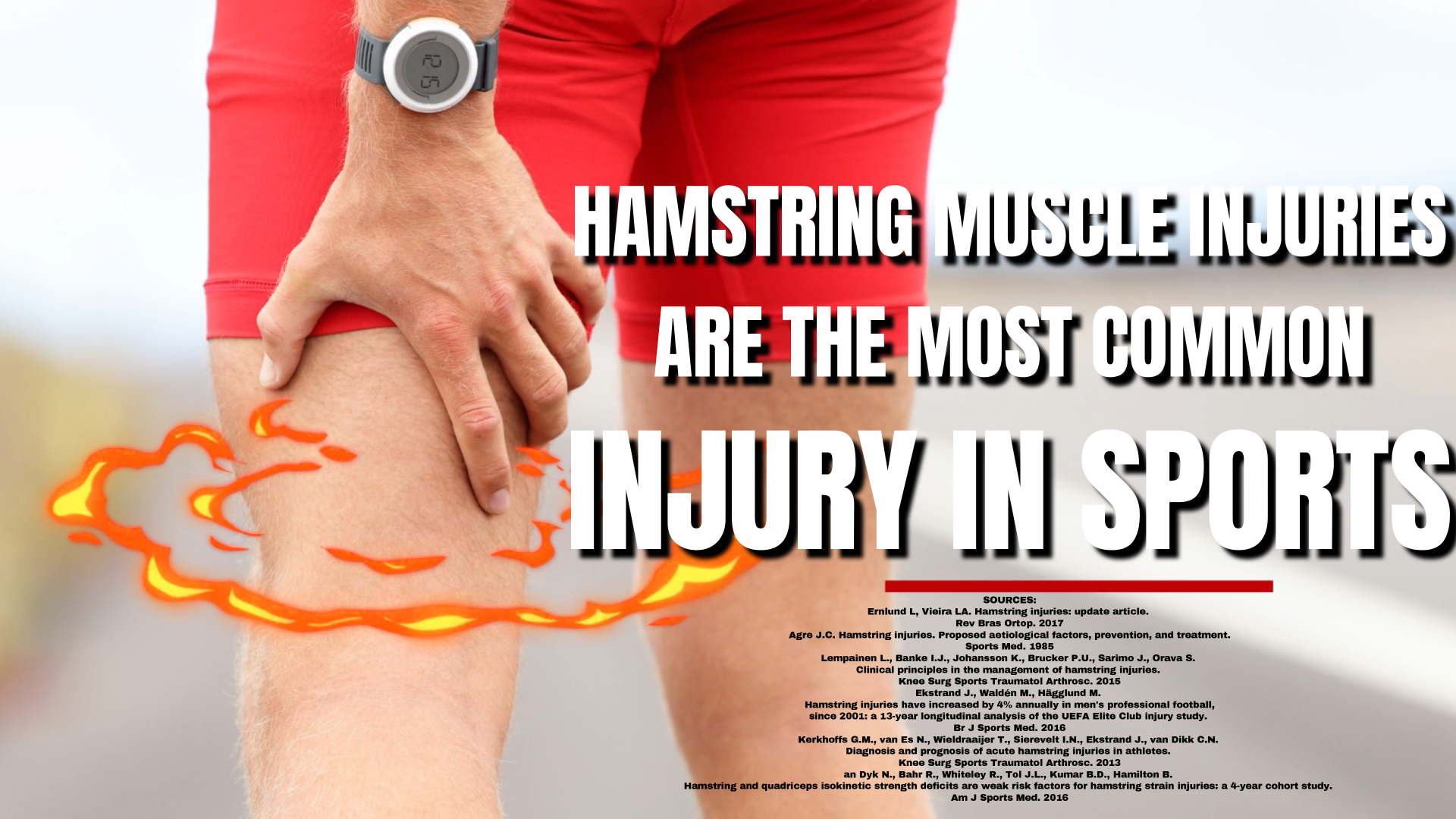
That’s correct, three sets, and that’s pretty much it.
But three sets tends to be the sweet spot for me, and the sweet spot that I’ve seen from my clients over the years in terms of what they’re able to do when going all out.
In terms of stimulating muscle growth, muscles get bigger and stronger when they’re stimulated by something that they are not accustomed to. Once that stimulation occurs, that’s it.
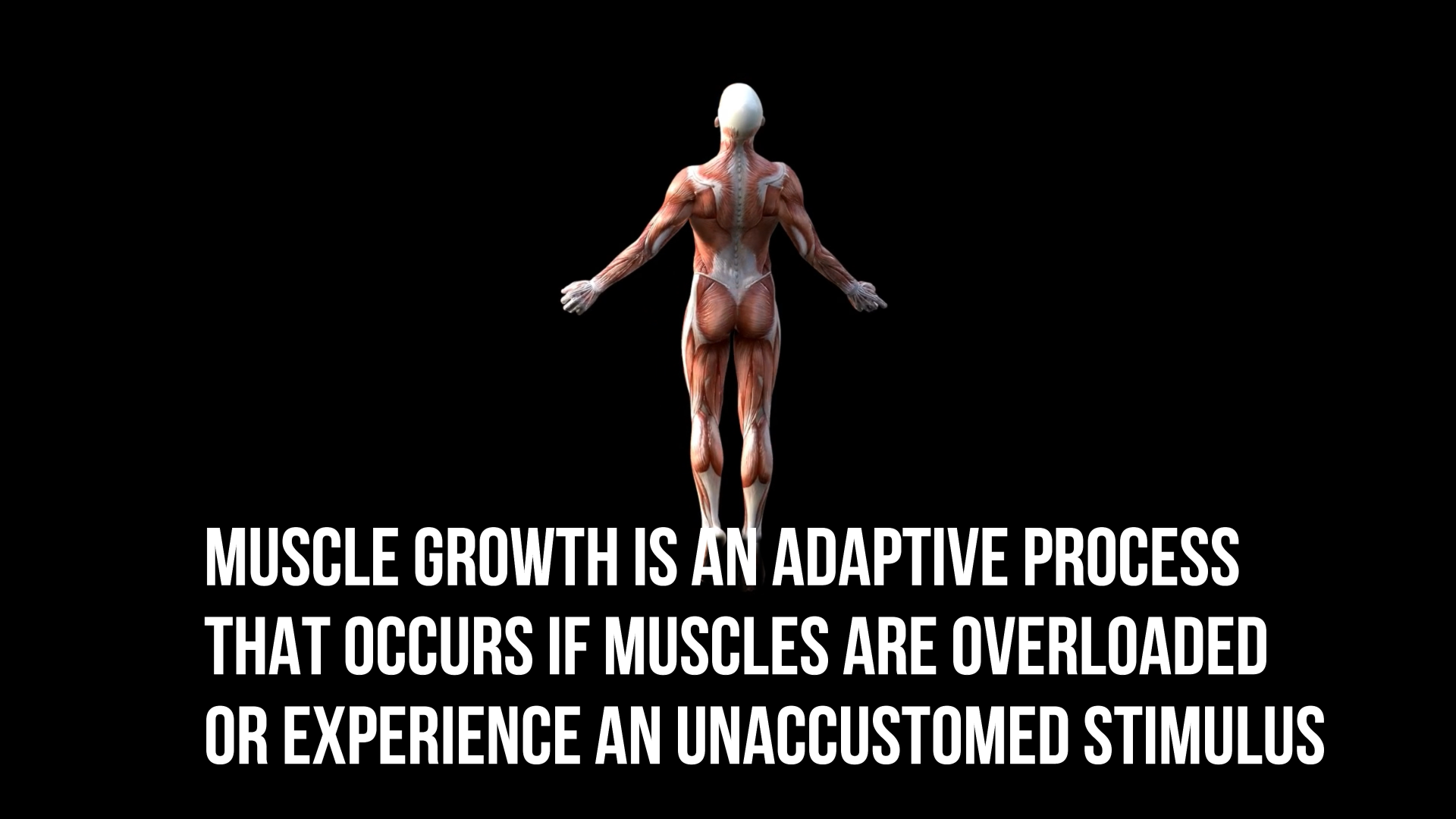
Why Doing More Sets Doesn’t Mean More Results for Natural Athletes
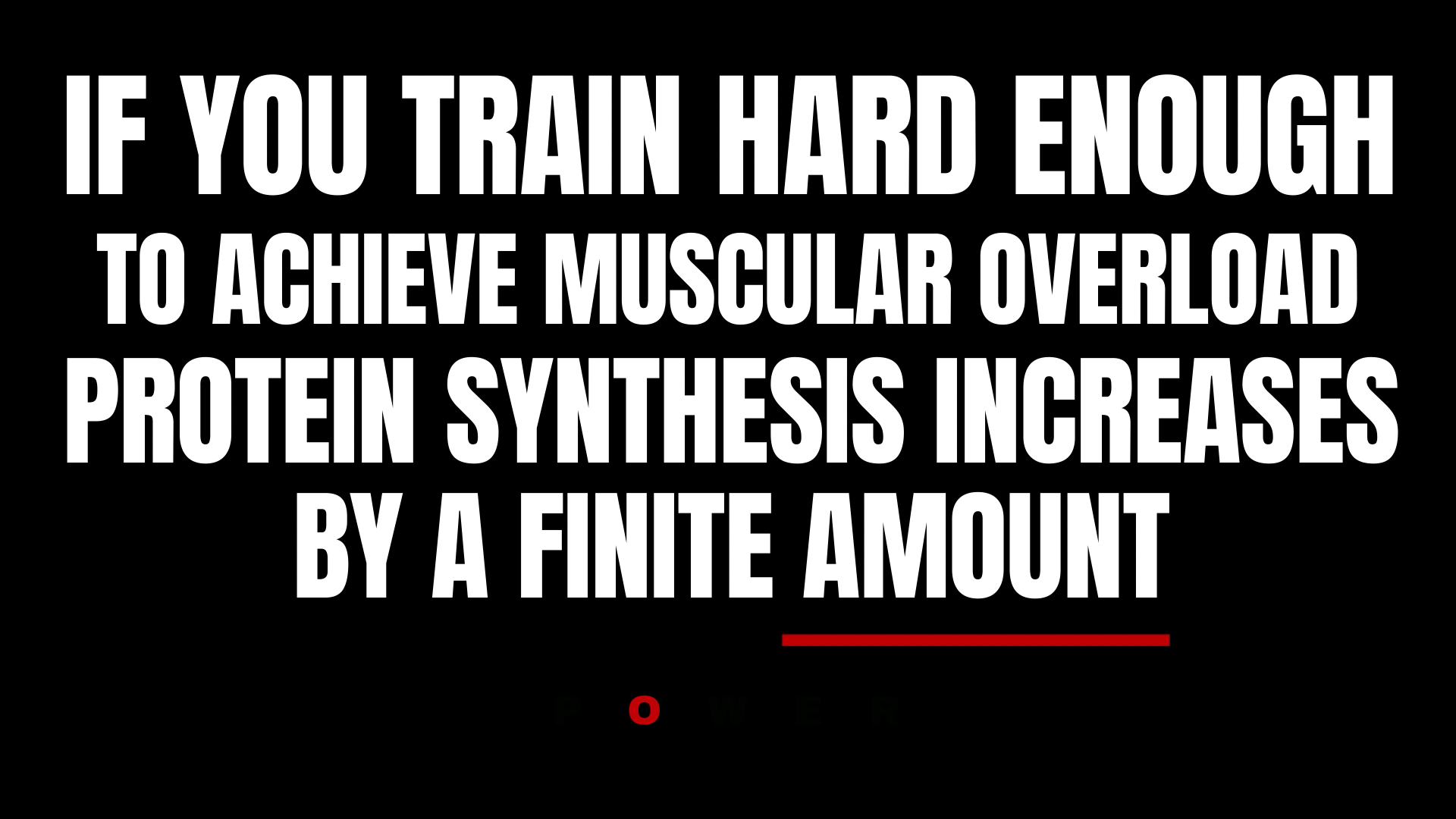
Extra sets of the same exercise after achieving overload won’t make a difference as your body already is at the maximum threshold for increasing protein synthesis. So doing more is kind of like pouring water into a glass that’s already full, especially with high intensity training.
Now, for my own training I will do two exercises of three sets, but, again, it took me many, many years of training this way before I was able to even begin to think about doing more than one exercise.
But for most people I would recommend no more than one exercise of just three sets.
How Many Reps For Muscle Growth For Natural Athletes
Repetitions are a very interesting thing where you need to think in terms of what’s the optimal range? Because there is no such thing as an optimal range of reps and sets to build muscle.
Your muscles don’t care how many reps you do. Your muscles don’t understand how many reps you do, nor do they have any sort of quantitative perspective in terms of how many times you do an exercise. Even partial range of motion vs full range of motion isn’t as important. All that matters is time under tension, and what matters as well is, very importantly, that muscles respond to stimulation that it’s not accustomed to.
So, for example, if I’m doing a hamstring exercise and I employ high intensity training principles, and at my 20th rep I am at complete momentary muscular failure, complete. There’s going to be some degree of adaptation because I have trained my muscles in a way that it’s not used to.
If in the next workout I go to 10 reps, probably slightly heavier weight, or I do different techniques and make it more intense, and as such, make it such I can do only less repetitions, my muscles will also be experiencing a stimulation that it’s not used to, which we’ll call adaptation and muscle growth.
And that’s the perspective you have to have in terms of repetitions.
Now, that being said, I never go under six repetitions because anything under six repetitions, you’re getting pretty much into a danger zone in terms of you’re starting to use enough weight where you can seriously affect your joints and increase the potential for injury.
Under six repetitions tends to be really great for increasing strength, but for high intensity training purposes the focus is really on getting the muscle to a place where it’s really taxed and really worked.
So, for quadriceps, quadriceps will be two exercises, usually one compound exercise and one isolation exercise, but not necessarily.
And the repetitions, again will be based on what you did before.
The whole idea behind trying to focus on an adaptive response via muscles is always thinking in terms of if I did this last week, this week I need to do something different. Which means as well that every single time you train you need to do something different. Variety matters more than how many reps and sets you do for building muscle if you are natural.
The Importance of Intensity For Muscle Growth Among Natural Athletes
Every single high intensity workout I do is unique. I almost never do the same exercises over and over. And if you think about how many hundreds of different exercises there are for each muscle group, the permutation possibilities are almost endless.
Most people tend to do the exercises that are the easiest for them and the ones that they get the most ego satisfaction from because they can lift a lot of weight by doing it. That’s not high intensity training. High intensity training, if you really want to get the most out of it for your muscles, you have to focus on what’s the hardest for you.
And then you got to focus on how can I train that’s going to be the hardest way possible?
Is it doing it super slow?
Is it super setting?
Is it minimizing my rest in between sets?
And there are many, many more principles that you can employ to make it harder, but the bottom line is you got to really go at it because all of this only works if you’re training at a level where at the end of each exercise you are completely taxed.
So, for calf’s, again I recommend one exercise. If someone’s really advanced, it’ll be two, but again, only three sets.
Now, that’s day one, leg day, really simple.
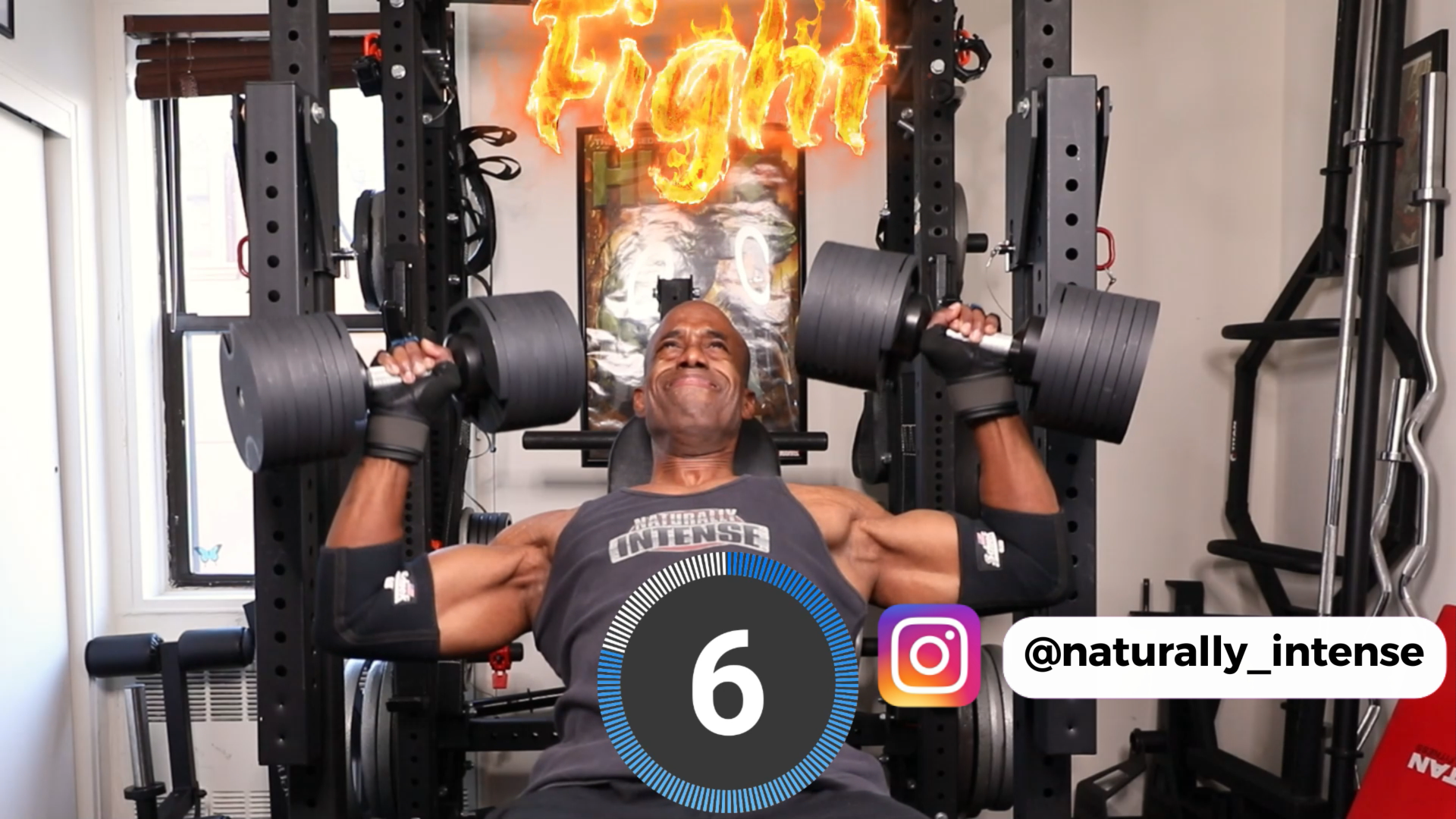
How Many Sets & Reps For Back And Shoulder Muscles
Day two is for me going to be back and shoulders.
Now, I’ll usually start with a compound exercise. That could be a shoulder press, that could be anything like a dumbbells or barbell.
And again, just three sets, no more. And within those three sets it’s usually that the first set is more or less about let’s see where you are and warm everything up.
Your second set’s a working set, you’re kind of getting into it.
And then the third set’s the one when we’re going all out.
Sometimes if I’m training and I’m pressing weights that are really heavy, let’s say I have some 80-pound dumbbells in my hands and I get to a point where I was going for 10 reps and I feel like I have five more reps in there when I get to number nine.
And you can go to my Instagram channel, and there I post some snippets of my actual workouts.
So, you can get an idea the kind of intensity I’m talking about and how sometimes I’ll use isometrics, the idea of stopping completely during exercise to make the intensity even harder.
Now I’ve gotten really strong over the past three decades of training. I can pick up 120-pound dumbbells and do dumbbell presses no problem.
Which is not necessarily the best thing to do on a regular basic if you’re 48 years old.
And besides, I can get fantastic results with using less by keeping the intensity high.
The next exercise I will do for shoulders is going to be an isolation exercise. And for me, I’ll probably do two of them. So, I would probably do some exercise to my side deltoids and my rear deltoids.
Again, that comes from a bodybuilder’s perspective and from someone who’s been doing it for a really long time.
For most people will pick one and just do one isolation exercise.
How many sets?
Three sets.
How many repetitions?
It depends.
It can be a high repetition day, it can be a low repetition day, the intensity is what matters the most, not so much repetitions, and the time under tension.
How much time is that muscle being really stressed? So get those numbers out of your head and instead just focus on really going over six and making sure they count.
I’ll do something as well for my trap muscles. One exercise usually and that’s pretty much it.
For back exercises I will start personally with something like a pull down or a pull up exercise. Again, just three sets. Hypnotic number across the board, just three sets. And I’ll usually follow that with a rowing movement. And if I’m incorporating heavy dead lifts in my leg workouts, I’m not going to do anything for my lower back. So, those two exercises, three sets each, and that’s pretty much it.
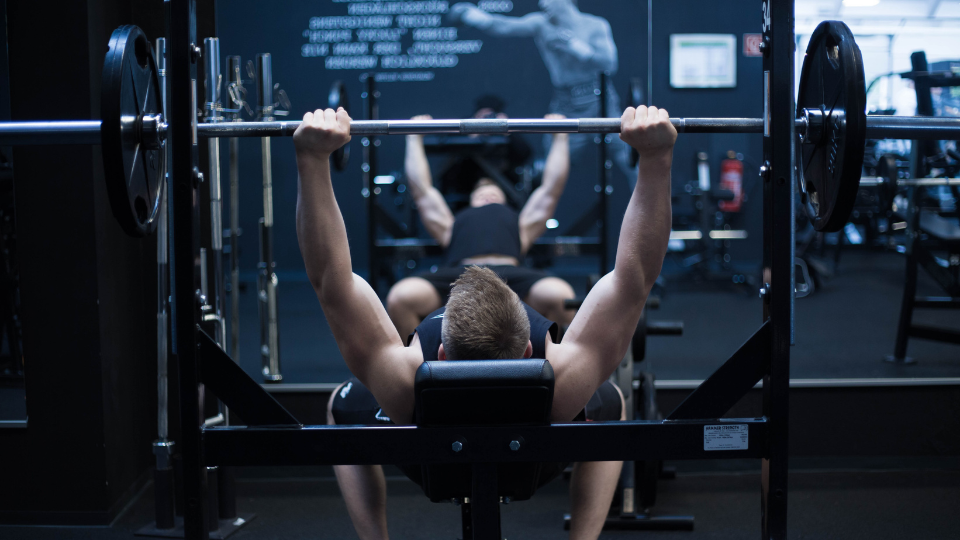
How Many Reps and Sets For Chest, Arms and Abdominal Muscles
Chest and arm muscles, how many sets? What worked best in the beginning for me in my natural bodybuilding career, was one compound exercise, three sets.
Followed by one fly exercise, three sets.
How many reps for chest and arm muscles for muscle growth?
Repetitions again can range depending on where you are, what you did last week.
Now, for me, I will do two compound exercises for my chest. I’ll do either a flat or a declined press and an incline press followed by some small fly movement.
That’s usually what I would do. And I said “usually,” because, again every workout I do tends to be very different from the last one.
But what’s most important is that it took me years to be able to put in that second exercise. And so, I recommend just one press for chest and one fly movement.
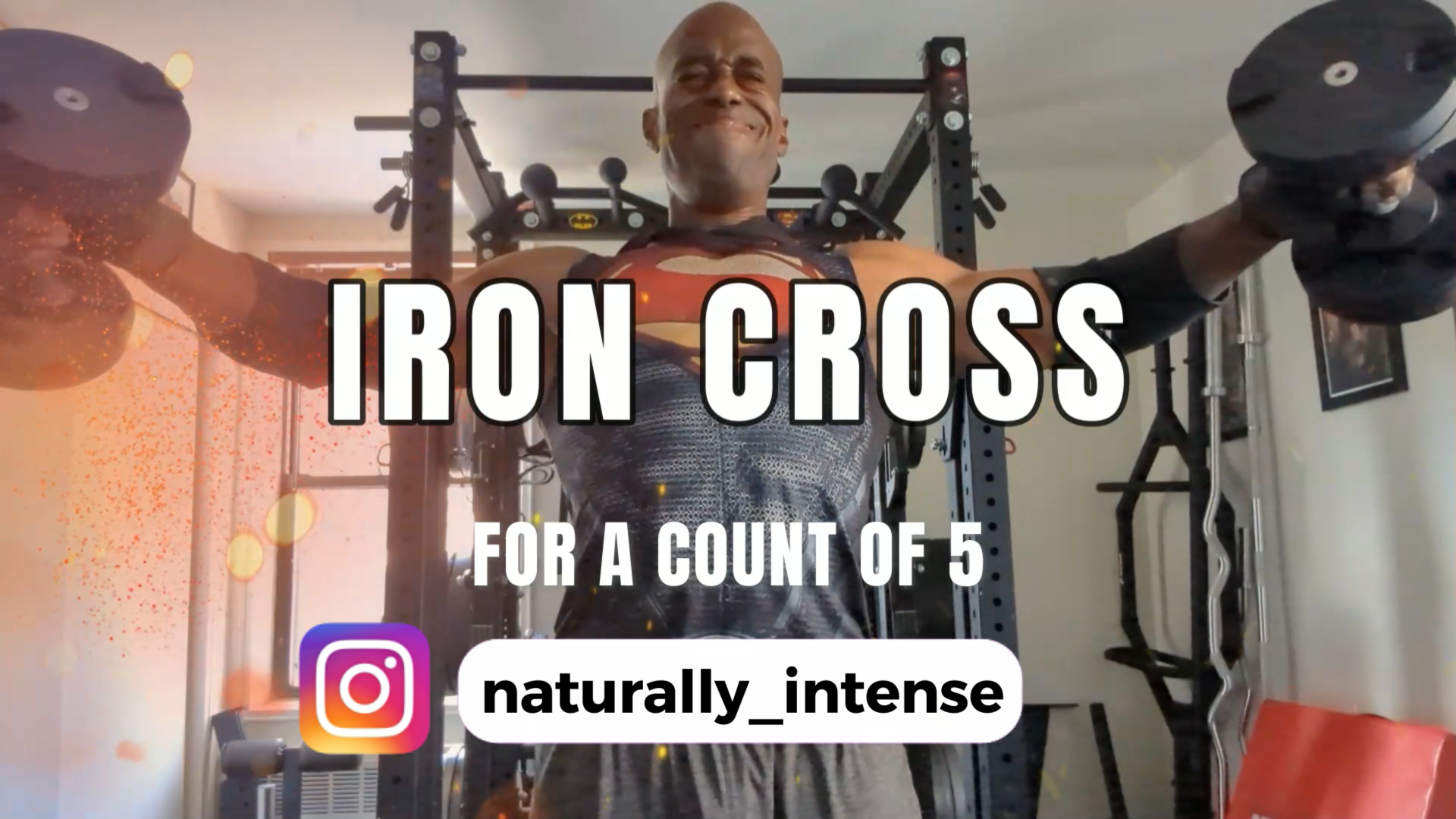
That’s it for most people. If you’re advanced, maybe two.
Again, “maybe.”
And when I say “advanced,” advanced doesn’t mean you’ve been training for a long time, advanced means you’ve been training at this particular type of training for a long time.
And now we come to the fun part, biceps and triceps. Most people spend so many hours at the gym training their biceps. And I will be very honest with you, I got my best gains training my biceps with one exercise for three sets, that’s it.
Triceps, one exercise, three sets, that’s it.
No more, no less.
That was when I made my most gains.
As I got to a point where I felt I could do a little bit more and I had a little more gas in the tank afterwards, I started doing two exercises for my triceps and over time I got to a point where I felt I could do a little bit more for my biceps and I did two for my biceps, and that’s it.
And for 99% of the people who I train, and we’re talking about hundreds of men and women who’ve made significant gains doing just one exercise, but one exercise, really pushing it for their biceps.
Three sets, three sets, that’s all you need.
Triceps as well, and you’ll never need more than two exercises even if you’re a high-level natural body builder.
Again, a lot of people disagree with this idea.
And from a science perspective, disagreement has nothing to do with it. This is something that I have proven over the past, like I said, 30 years to work for everyone who does it.
It doesn’t not work.
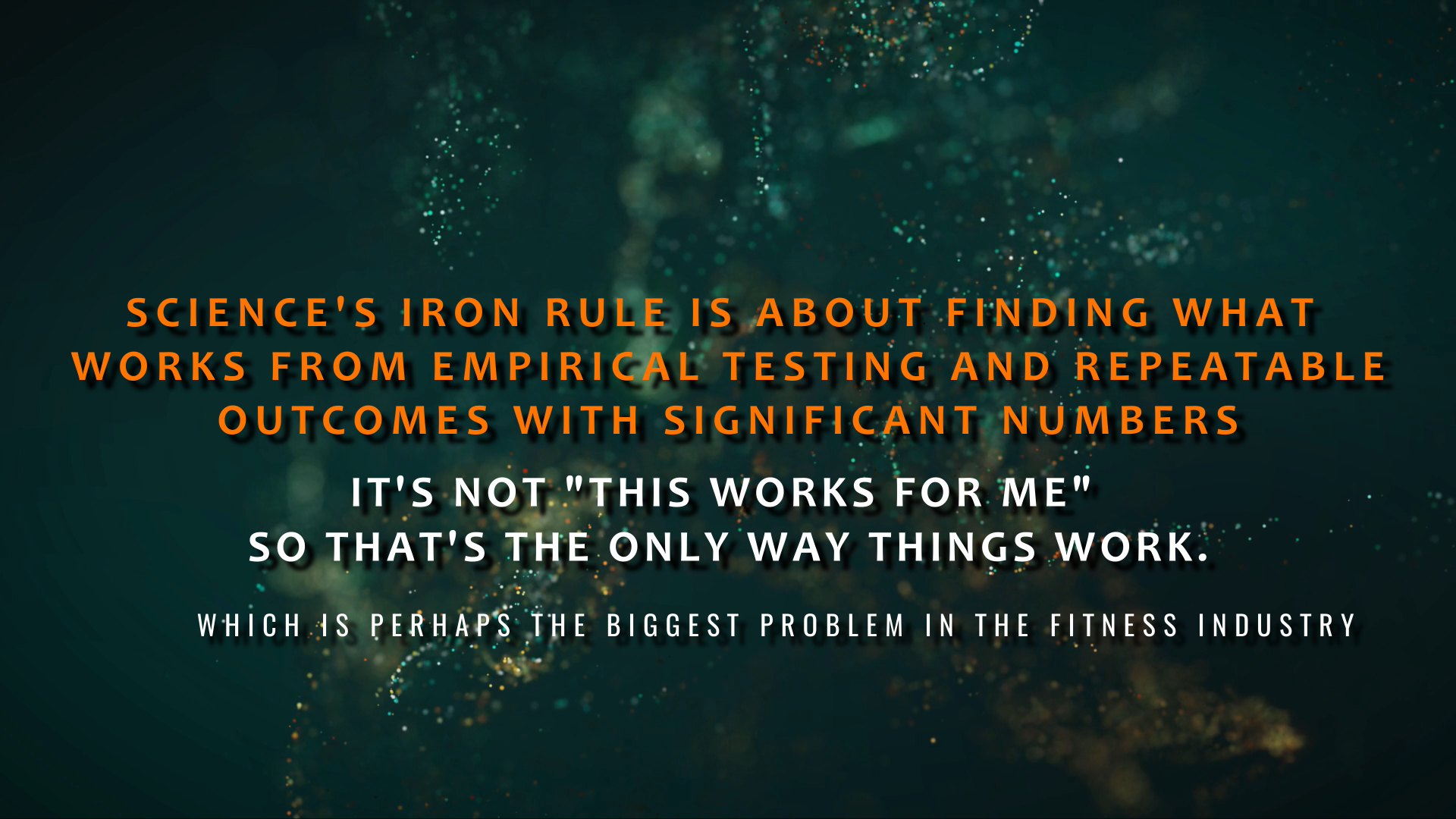
Now, abdominals will usually be one exercise. One exercise and that’s it, all out. And to be honest, as I’ve always said, I haven’t done abdominal exercises directly since the 1990s.
So, that’s it.
The bottom line is it tends to be one exercise, three sets.
So, I hope you were able to learn something from my way of training, and stimulated some interest in the idea of training less.
You’re going to love the results. But, like I said, you’re going to have to go all out. At the end of these workouts, you have to train to the point where you feel like a truck ran over you. If not, you’re not training hard enough.
Now, if you have any questions about how many reps and sets for muscle building and you are a natural athlete, please feel free to put them in the comments because I read single one of them, and I’m always here and always happy to answer any questions anybody may have.
So, go out to the gym, try it out, know that I believe in you, and Excelsior!
Related Articles:
High Reps vs Low Reps for Fat Loss and Muscle Definition
How To Burn More Fat Lifting Weights
Why I Don’t Recommend Bodybuilding Supplements
